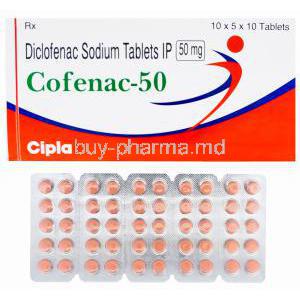Diclofenac
Uses
Diclofenac is used in the treatment of fever, headache, post operative pain, pain during menstruation,arthralgia, myalgia, dental pain, osteoarthritis, rheumatoid arthritis, ankylosing spondylitis and gout.
How it Works
Diclofenac is known as a non-steroidal anti-inflammatory drug or NSAID. Diclofenac works by blocking the release of certain chemical messengers that cause fever, pain and inflammation and also redness and swelling.
Common Side effects
Patients who take Diclofenac may suffer from such side effects;
Indigestion,
Gas,
Stomach pain,
Nausea,
Vomiting,
Diarrhea,
Constipation,
Headache,
Dizziness,
Drowsiness,
Stuffy nose,
Itching,
Increased sweating,
Increased blood pressure,
Swelling
Trypsin
Uses
Trypsin is used in the treatment and relieve of Pain and Swelling.
How it Works
Trypsin is known as an enzyme. Trypsin works by breaking down proteins into smaller fragments, thereby making them available for absorption into the blood. Trypsin when applied directly to wounds and ulcers removes dead tissue and improves healing.
Common Side effects
Patients who take Trypsin may suffer from such side effects;
Nausea,
Vomiting,
Diarrhoea
Rutoside
Uses
Rutoside is used in the treatment and relieve of Pain.
How it Works
Rutoside blocks certain chemicals in the body that are associated with pain.
Common Side effects
Patients who take Rutoside may suffer from such side effects;
Restlessness,
Nervousness,
Headache,
Itching,
Limb swelling,
Ankle swelling,
Rash,
Skin redness,
Stomach upset,
Pounding in the ears,
Blurred vision,
Dizziness,
Tachycardia,
Irregular heart rate,
Heaviness,
Weakness











